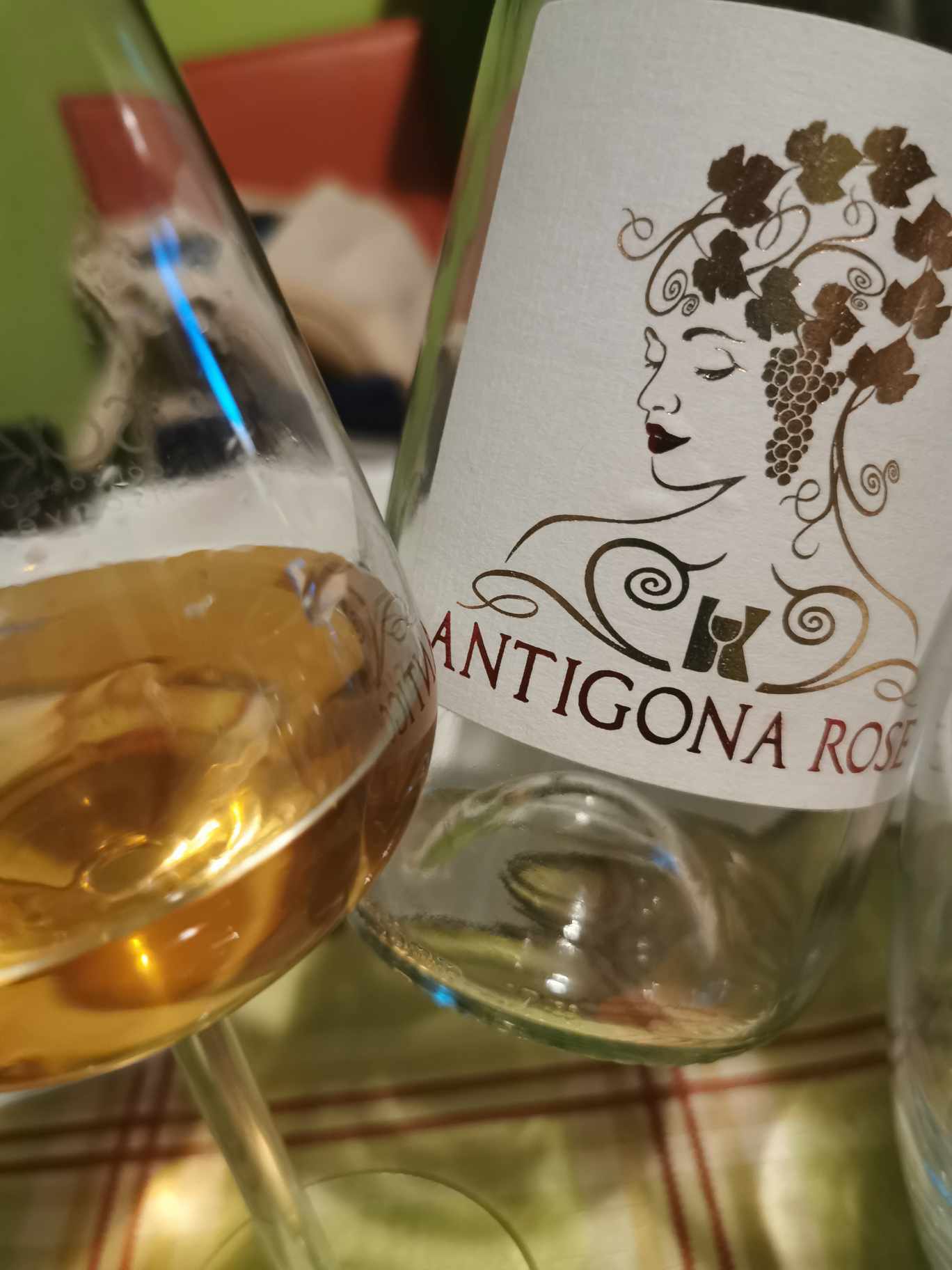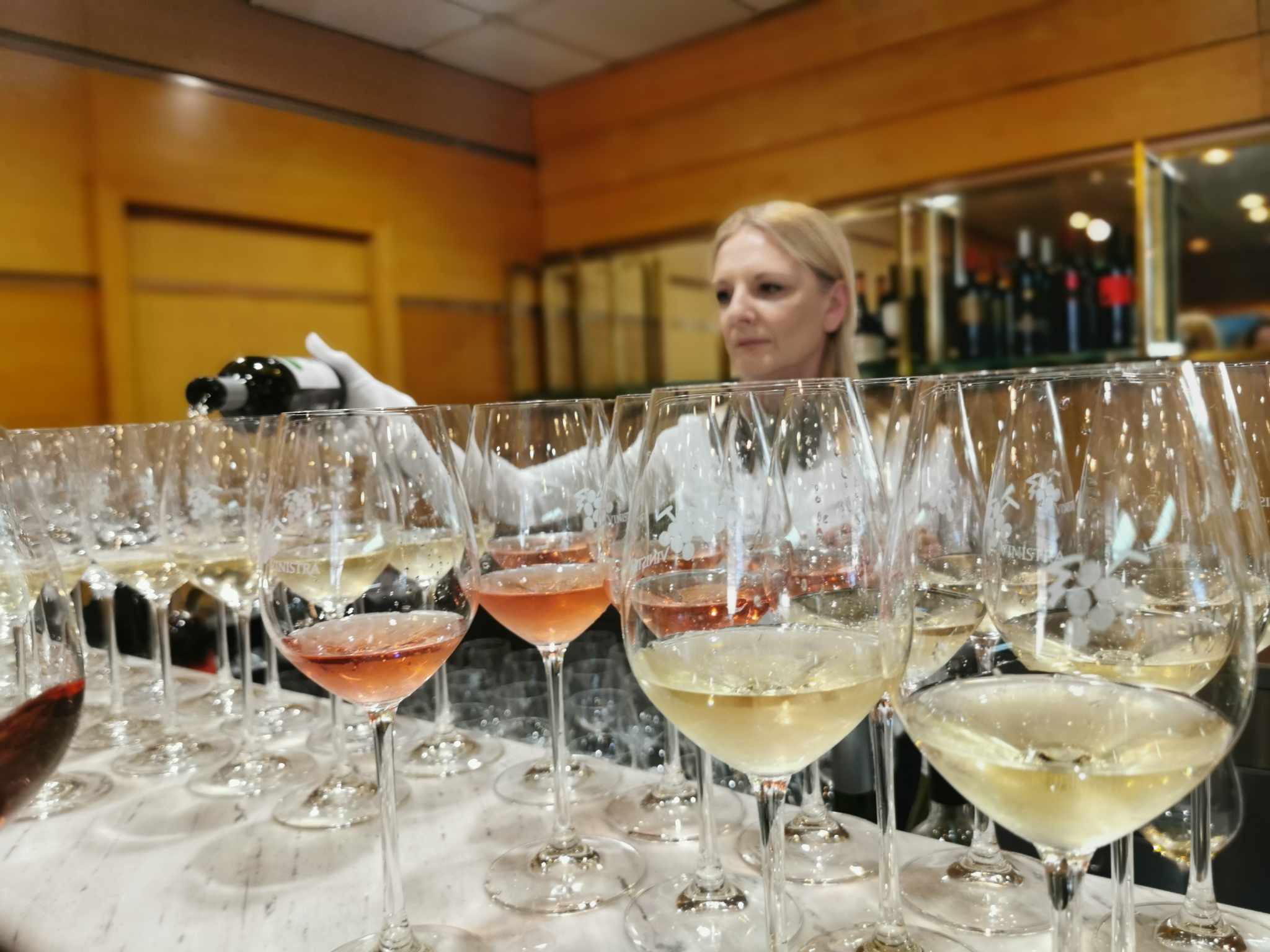News
News / 12/01/2019 / 2377
The surroundings of Villány and Pécs in southern Hungary are as important to Serbian history as Szentendre. On their route to Vienna and Europe, the Turkish Ottoman conquerors also reached Pécs. As a result of Turkish rule, Villány and several other wine-producing villages in the surrounding area were completely destroyed, so that years later travellers travelling through this region testified to vast weed-overgrown area where houses once stood. Peace and stability returned to Pécs only after 1687, when the Turks were defeated (the second battle of Mohács). It triggered repopulation of villages that had previously been predominantly Hungarian. Among the immigrants, Serbs were the most numerous. During the 17th and 18th centuries, tax records state that majority of inhabitants in Villány were Serbs. In Villány, they still cherish memory and feel grateful to Serbian population, who introduced the culture of red wine making and black grape varieties such as Kadarka. These were the foundations for red wine production in Villány.
With the arrival of German population, the number of Serbs began to decrease, so in 1755 German inhabitants of Villány (Danube Swabians) outnumbered Serbs and other ethnicities. Thanks to them, Blauer Portugieser variety arrived in Villány vineyards. In those days, Italian Riesling, Kadarka and Blauer Portugieser were planted together in vineyards and they were used for production of Villány Schiller.
So, wine history of Serbia and Hungary is strongly linked. A recent stay in Villány was also an opportunity to taste local wines. Among them, the Vylyan Winery label featuring a small black bird caught my attention. Csókaszőlő variety has been preserved in the ampelographic collection of the Research Institute for Viticulture and Oenology in Pécs. Gradually, samples taken from the ampelographic collection have evolved into the first Csókaszőlő vineyard. Today, Vylyan Winery has less than 1 hectare of Csókaszőlő plantings, but throughout Hungary there are already several wineries that make wines from this variety.
Csóka 2015 - Vylyan - Fermentation in open top fermenter. Malolactic fermentation and maturation for 6 months in a 225l Hungarian oak barrels. Intense dark ruby red colour. The wine exudes freshness, nice pleasant acidity, fruitiness on the palate, fresh plum, sour cherry, raspberry, black forest fruit, spicy hints. Mature tannins. Medium body. Minerality in the finish.

Csókaszőlő (which translates as: jackdaw grapes) is described in the Hungarian ampelographic atlas of 1831 printed in Pest as a variety with "elongated clusters, loose, small berries, acidic sweetness, good resistance, vigorous, it produces the darkest and most durable wine" . Synonym for this variety is Rácz-fekete (which translates as: Serbian Black).
Serbian wine history is being rediscovered only nowadays. Therefore, it is not surprising that numerous information about winemaking in the territory of northern Serbia can be found in Hungarian sources.
By comparison with the list of grape varieties mentioned in the book Soveršen Vinodelac (The Perfect Winemaker), published in 1816 by Prokopije Bolić, which stipulates varieties grown in vineyards of Fruška Gora, we come across a variety called Čavčica (which translates as: little jackdaw) or Čavka (which translates as: jackdaw). No, it's not a coincidence. In both Hungarian and Serbian, the variety was named after the bird jackdaw. The grape description that Bolić gives in his book also corresponds: "The cluster is long and shouldered, berries are unequally small, bluish-black, the skin is hard enough, the flesh is sweet and juicy. This variety prefers heavy soil."
So, nowadays we know that in the past, Čavka was present in Fruška Gora vineyards together with Kadarka, Grašac, Seduša and other varieties that have survived to this day. Perhaps, Čavka will get a new chance in Fruška Gora one day, just like Seduša did, so some local winemaker decides to reintroduce Čavka wine to contemporary wine audience of Serbia.
The Serbian Orthodox Church of St. Dimitri in Siklos, built in 1806, also bears witness to history of Serbs who inhabited the region of Villány and Pécs. The church is well worth a visit because it displays a magnificent iconostasis from the first half of the nineteenth century.


Also, not far from Siklos is the tomb of Serbian despot Stefan Štiljanović on the nearby Göntér hill (his relics were later transferred to Šišatovac monastery). That hill is exactly the place where, according to legend, despot Stefan Štiljanović gave grain to hungry locals during the long drought and famine that struck Baranja province and forgave their debts by burning their debt receipts at the top of the hill. Today, on all sides, this hill is surrounded by vineyards.




Villány is 292 km away from Belgrade, and journey there is not difficult as the highway leads all the way to Osijek, with the remaining 58km winding through small villages near the border without heavy traffic. Therefore, it can be a perfect weekend destination for all wine lovers who, in addition to touring local wine cellars, also want to become more familiar with Serbian cultural heritage in southern Hungary.

Tomislav Ivanović
Awarded wine writer, wine critic and contributor to selected wine magazines. WSET3-certified author and editor-in-chief of www.vinopedia.rs. Member of Vojvodina Sommelier Association. Juror in national and international wine competitions. Lecturing about wines of Serbia and the Balkans. Local partner of Wine Mosaic organization. Co-founder of International Prokupac Day.

Pročitajte i druge članke iz ove rubrike:


VINOPEDIA TOP 10 2024
PROČITAJ VIŠE


GIUAANI - VINSKI TURIZAM NA GRUZIJSKI NAČIN
PROČITAJ VIŠE


SPASIMO STARE VINOGRADE SRBIJE
PROČITAJ VIŠE


NAŠLI SMO ANTIGONU IZ ORAHOVCA
PROČITAJ VIŠE


SRPSKO VINO KOŠTA 100 EUR - I ŠTA ĆEMO SAD?
PROČITAJ VIŠE
Winner MILLESIMA BLOG AWARD 2016

Pobednik MILLESIMA BLOG AWARD 2016
VINO & FINO wine personality of the year 2016

VINO & FINO vinska ličnost godine 2016